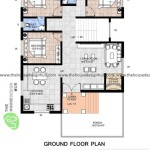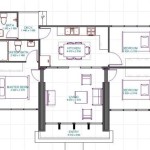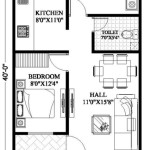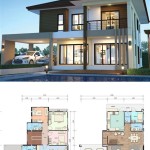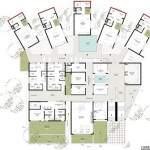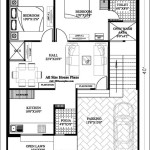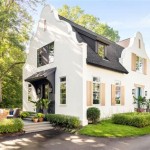Regency House Plans: A Guide to Essential Design Principles
Regency architecture, prevalent in Britain from the 1810s to the 1830s, is characterized by its elegant proportions, intricate details, and refined aesthetics. These principles extend to the floor plans of Regency houses, which exhibit a harmonious balance of practicality and grace.
Distinct Characteristics of Regency House Plans
Regency houses typically adhere to a symmetrical layout, with a central entrance flanked by two symmetrical wings. This arrangement creates a sense of order and grandeur. The plans often feature rooms arranged in an enfilade, a series of interconnected rooms that allow for seamless flow and socializing.
Staircases hold a prominent position in Regency house plans. Grand, sweeping staircases, often with intricate ironwork detailing, serve as focal points and enhance the sense of spaciousness. The plans also incorporate ample natural light, with large windows and skylights illuminating the interiors.
Practical Considerations
While aesthetics were paramount, Regency house plans also prioritized practicality. The spaces were designed to accommodate modern conveniences and comfortable living. Dining rooms and kitchens were often located at the rear of the house, ensuring privacy while allowing for seamless transitions between entertaining and meal preparation.
Bedrooms were commodious, with large windows and en suite dressing rooms. The plans also included dedicated areas for servants and staff, reflecting the social structure of the era. Considerations for storage, such as built-in closets and cupboards, were also incorporated to maintain order and functionality.
Ornamental Details
Regency house plans are renowned for their exquisite ornamental details that elevate their visual appeal. Coved ceilings, intricate moldings, and decorative plasterwork add a sense of opulence to the interiors. Fireplaces are often adorned with marble surrounds and fine carvings, becoming focal points in living rooms and bedrooms.
Outside, the façades of Regency houses display a similar level of ornamentation. Columns, porticos, and balconies add architectural interest, while delicate railings and decorative ironwork contribute to a refined and sophisticated aesthetic.
Modern Interpretations
Regency house plans continue to inspire architects and homeowners today. Contemporary interpretations of these classic designs incorporate modern amenities and materials while retaining the timeless elegance and sophistication of the original style.
Incorporating Regency design principles into modern house plans can create spaces that are both aesthetically pleasing and highly functional. The enduring appeal of Regency architecture lies in its ability to strike a harmonious balance between beauty, comfort, and practicality.

Houseplan From Ackermann S Regency Architecture Vintage House Plans Little

Hollywood Regency House Plan The Beautiful Home

Susanna Ives Floating World

The Architect Regency Town House

Regency Reader Questions The Withdrawing Rooms How To Plan Georgian Townhouse House Plans

A Tour Of The Regency Town House

Regency Reader Questions The Withdrawing Rooms

The Regency Heritage Homes

Hollywood Regency House Plan The Beautiful Home

Regency 6012 4 Bedrooms And 5 Baths The House Designers

